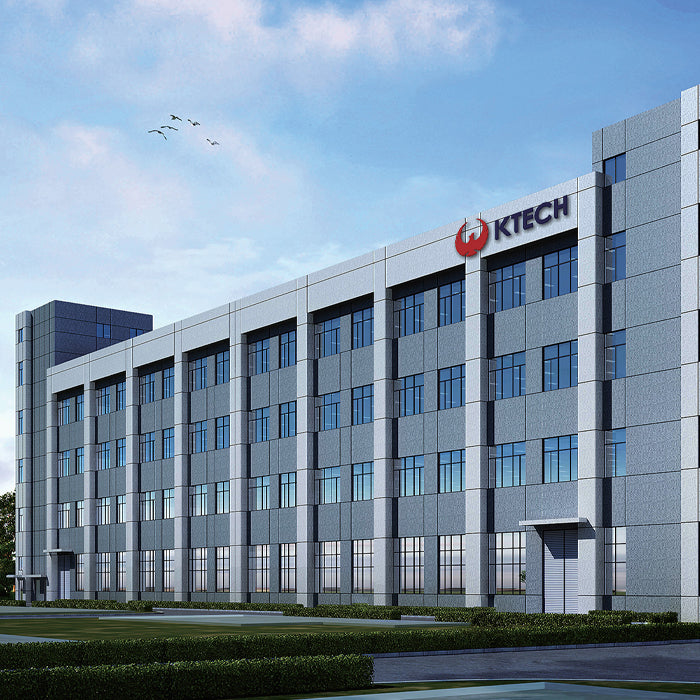How Do Solar Inverters Efficiently Convert Solar Energy into Electricity?
1. Working Principles of Solar Inverters
DC to AC Conversion Process
Solar panels generate direct current (DC), while most household and industrial appliances use alternating current (AC). The core function of a solar inverter is to convert DC to AC. This process relies on power electronic conversion technology. First, the input circuit filters and stabilizes the DC output from solar panels, removing noise and voltage fluctuations to maintain a stable input voltage. Next, the inverter circuit uses power semiconductor devices (e.g., Insulated Gate Bipolar Transistors, IGBTs) to convert DC into AC with specific frequency and waveform patterns. For instance, a typical residential solar inverter converts DC voltage into 220V, 50Hz AC to meet household appliance requirements. Precise control of the switching timing and sequence of semiconductor devices is essential to ensure stable frequency, voltage, and waveform quality in the output AC.

Maximum Power Point Tracking (MPPT) Technology
To enhance solar energy utilization efficiency, solar inverters often incorporate Maximum Power Point Tracking (MPPT) technology. The output power of solar panels varies with environmental factors such as light intensity and temperature, reaching maximum power only at specific voltage and current levels. MPPT technology continuously monitors the panel’s voltage and current, employing algorithms to locate and track the maximum power point. For example, when light intensity increases, the panel’s voltage and current shift, prompting the MPPT controller to adjust the inverter’s input impedance, ensuring the panels operate near their maximum power point. Generally, inverters with MPPT technology can harvest 10%-30% more solar energy compared to conventional inverters, significantly improving the economic viability of solar systems.

2. Types and Features of Solar Inverters
Centralized Inverters
Centralized inverters are suitable for large-scale solar power plants. They convert aggregated DC power from multiple solar panel arrays connected in series or parallel. Advantages include high power capacity (typically hundreds of kilowatts to megawatts), simplified system architecture, and lower costs. For example, centralized inverters efficiently handle bulk solar power in desert-based solar farms. However, a single failure can halt power generation across entire arrays, reducing efficiency. Additionally, their narrow DC input voltage range makes them susceptible to efficiency losses under partial shading or panel mismatches.
String Inverters
String inverters are designed for individual solar panel strings, with power ratings ranging from several kilowatts to tens of kilowatts. Their key advantage lies in adaptability to varying string conditions. For instance, in rooftop distributed solar systems, if some panels are shaded, string inverters optimize each string’s output independently, minimizing generation losses. Failures affect only the corresponding string, reducing downtime. However, higher costs and system complexity due to multiple inverters are notable drawbacks.
Microinverters
Microinverters are compact inverters mounted directly on individual solar panels, typically rated below a few hundred watts. Their standout feature is per-panel maximum power tracking, maximizing efficiency regardless of shading or panel variations. For example, in small-scale distributed systems like residential solar setups with complex installation environments, microinverters ensure optimal performance for each panel. However, their high cost, extensive installation and maintenance requirements, and technical demands on installers are significant limitations.
Different types of solar inverters have distinct pros and cons. Practical applications require comprehensive evaluation of system scale, installation environment, and budget to achieve efficient solar energy conversion and utilization.


